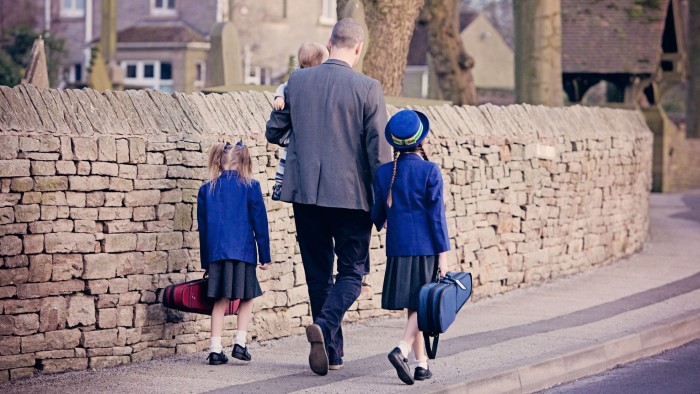Unlock the Editor’s Digest for free
Roula Khalaf, Editor of the FT, selects her favourite stories in this weekly newsletter.
Private primary schools in the UK have seen pupil numbers decline at twice the rate of fee-paying secondaries, according to data that reflects the impact of the VAT charge applied to school fees since January.
Pupil rolls at private primaries declined 3.5 per cent between January 2024 and January 2025, while secondary school numbers fell 1.7 per cent, according to data published on Tuesday by the Independent Schools Council.
Education experts said rising costs had forced some parents to sacrifice early private education so they could afford school fees later on, exacerbating a national fall in pupil numbers caused by declining fertility rates.
The data, which covers about 80 per cent of pupils at fee-paying schools, is the first clear insight into the impact of the 20 per cent VAT charge on private education that came into force in January 2025.
Sam Freedman, a former government education policy adviser, said the data suggested parents were choosing to prioritise secondary education.
“Parents who do have concerns about managing higher costs may put their children in state primaries but then use private secondary schools,” he said, adding the fall in pupil numbers was “much lower” than the sector predicted and in line with independent forecasts.
Peter Tait, former head of Sherborne Prep School, said these preferences reflect the perceived social benefits of private education.
“Connections are everything and I saw this first-hand, that the priority was often a senior school which would provide the most advantageous social grouping, and conduit to life beyond,” he added.
“In [the parents’] eyes it feels few care about which prep school children went to compared to their senior school, which provides a badge for life.”
Luke Sibieta, research fellow at the Institute for Fiscal Studies, said the sharper fall in primary school rolls reflected national trends, as data shows pupil numbers at English primaries have been declining since 2019. The secondary-age population is expected to peak in the next two years.
It is “hard to isolate” the effect of the VAT policy, Sibieta added, but the 5.3 per cent decline in new students reported by ISC suggested a “negative, though modest” impact.
Julie Robinson, ISC chief executive, said it would take several years for the full effect of the VAT policy to be seen.
The Treasury said private pupil numbers had remained steady despite a 75 per cent real terms rise in average fees over the past 25 years.
“Ending tax breaks for private schools will raise £1.8bn a year by 2029-30 to help deliver 6,500 new teachers and raise school standards,” it added.




